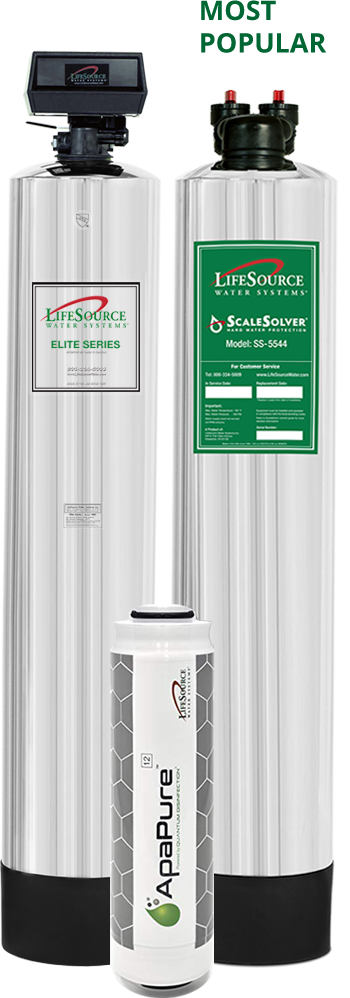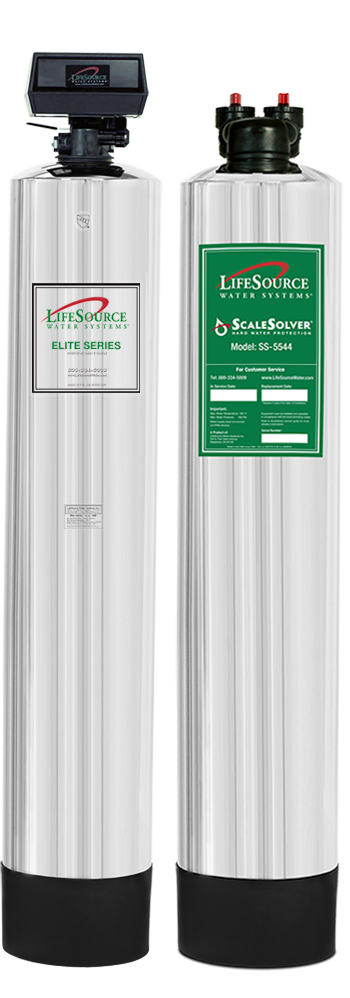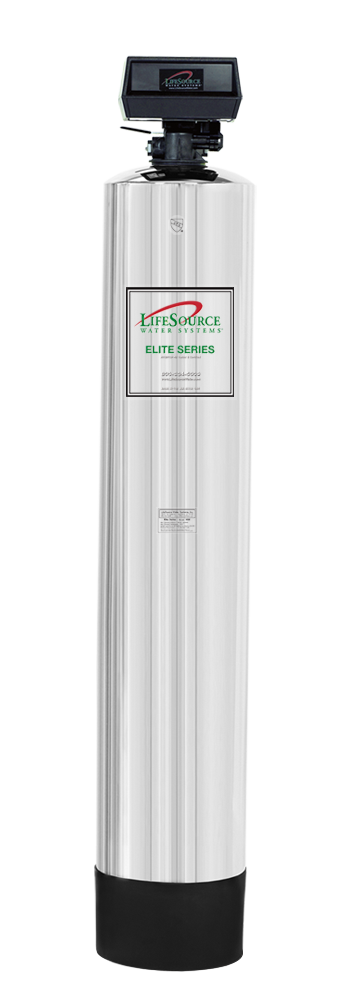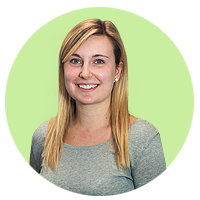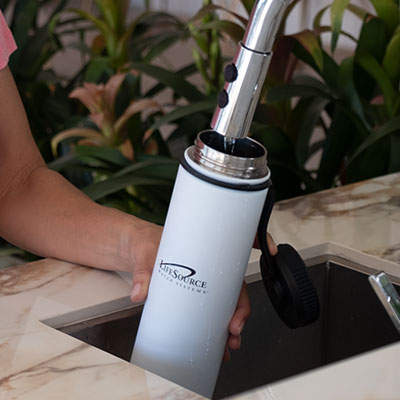
Toilet to Tap: Drinking Purified Sewage Water
Recycling sewage water to meet the growing demand for clean water

Where Does "Toilet to Tap" Already Exist?
Cities in the United States have already started using purified sewage water to supplement their water supplies. These types of programs have been used in: Anaheim, Santa Ana and Hanford, Calif. Big Spring, Texas and Mount Pleasant, Mich. Multiple countries have also begun implementing these programs including Spain, Namibia, Australia and Singapore. By 2060, Singapore expects that half of its water demand will be met by treated sewage water.
How Is the Sewage Water Treated?
Sewage water treatment plants use rigorous practices to ensure the water they produce is of the highest quality. The first step is to send the water through the regular water treatment process to ensure the sewage water is suitable to be sent into the ocean. Normal water treatment facilities would then send the water into the ocean but the sewage water treatment plants continue treatment. They send the water through micro-filters with pores as small as 1/300 the width of a human hair to remove solid waste. Then they use reverse osmosis to filter out the microscopic viruses, bacteria and pesticides that are too small to be caught by the micro-filter. Once this is completed, the water is zapped with an ultraviolet light to sanitize it. The final step is to pump the water back into the nearest aquifer to replenish the healthy minerals found in naturally-occurring water. This decreases the water’s acidity from the reverse osmosis and makes the water taste better. By the end of the treatment process, the water is clean, safe and healthy to drink.
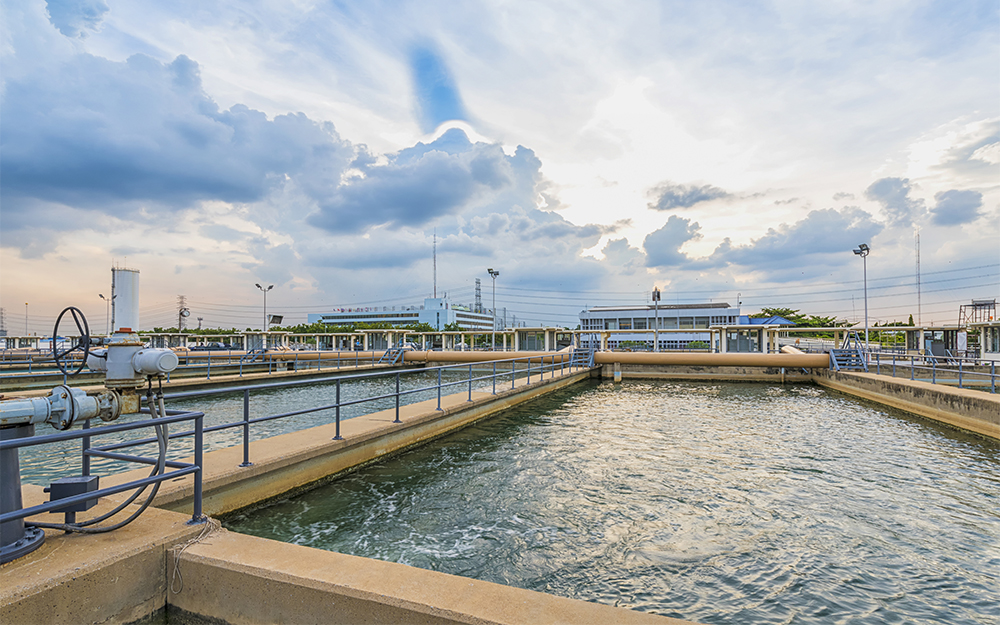
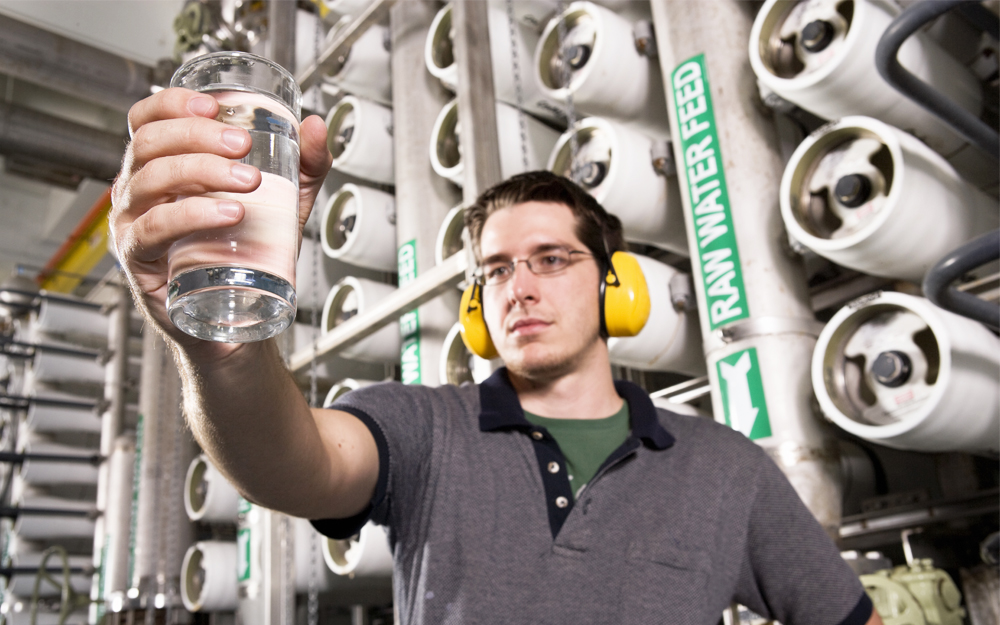
Orange County's Groundwater Replenishment System
The Orange County Water District, located in Southern California, has seen huge success with their Groundwater Replenishment System in cities including Anaheim, Santa Ana, Huntington Beach and Newport Beach. This system recycles sewage water and pumps the treated water back into its aquifers to refill the drinking water supply for over 2.4 million people. Since the program began in 2008, the OCWD has been producing 100 million gallons of purified sewage water per day. Before distributing the treated sewage water, the California Department of Public Health and the Santa Ana Regional Water Quality Board are required to approve water quality reports to ensure Orange County residents are drinking high-quality and safe water.
Maybe It's Time to Make a Change
Although the thought of drinking treated sewage water initially raises concern, it is a safe, sustainable practice that just might be able to meet the United States’ growing demand for water. Perhaps it is time to take a cue from cities like Anaheim, Calif. and Big Spring, Texas and implement sewage water treatment plants everywhere.
Cities do the hard work to make recycled water safe. At home, you can still choose how your water tastes and feels. If you’re curious what would change at your tap, see how our whole-house filtration works.
FAQs
Is 'toilet to tap' water safe to drink?
The term is misleading. Utilities use multi?barrier purification—typically MF/UF, RO, and UV/AOP—plus continuous monitoring to meet strict drinking?water standards.
What contaminants are removed in advanced purification?
Membranes and oxidation address microbes, particles, many dissolved salts, and a wide range of trace organics; utilities validate performance with routine testing.
Will purified recycled water taste different?
After treatment, utilities often blend and stabilize minerals for palatability; most people report clean, neutral taste similar to high?quality treated water.
Do I still need home filtration if my city uses potable reuse?
Whole?house carbon can further reduce chlorine/chloramine taste and odors throughout the home, and a point?of?use RO can be added at the kitchen tap for extra polishing.

